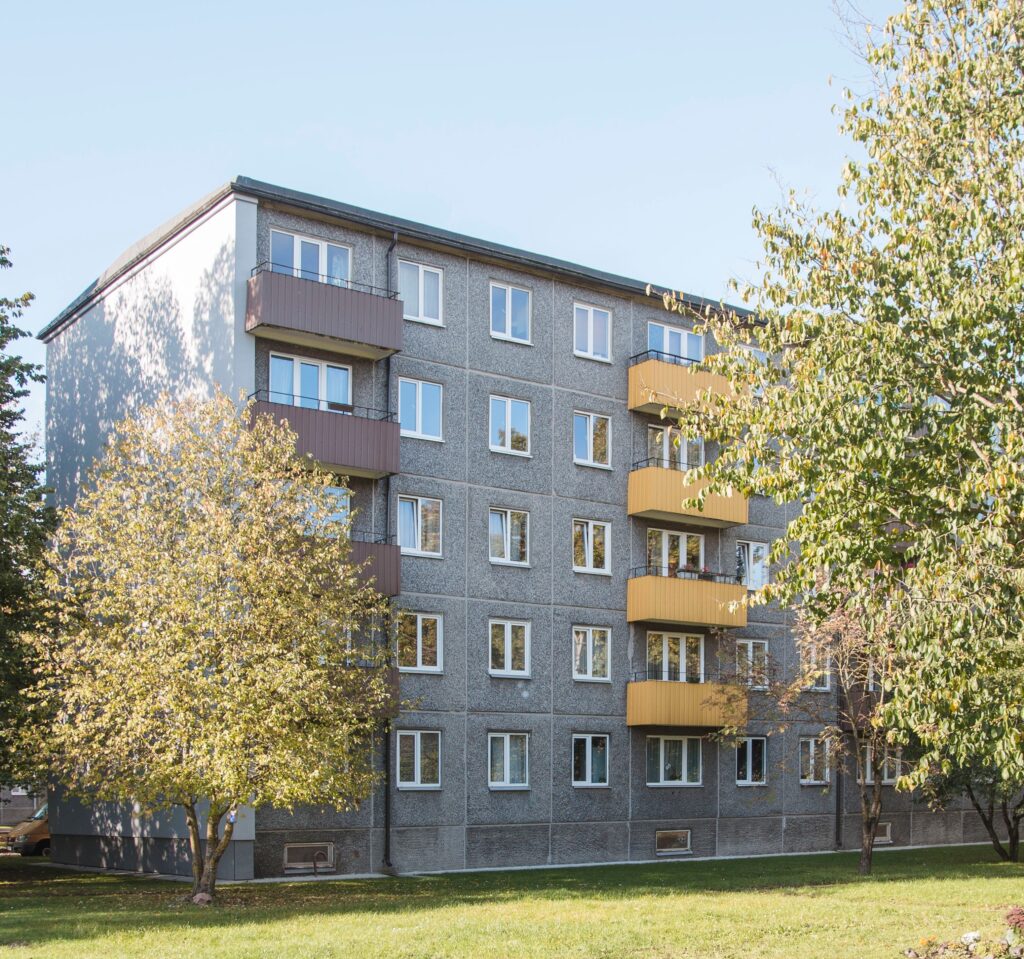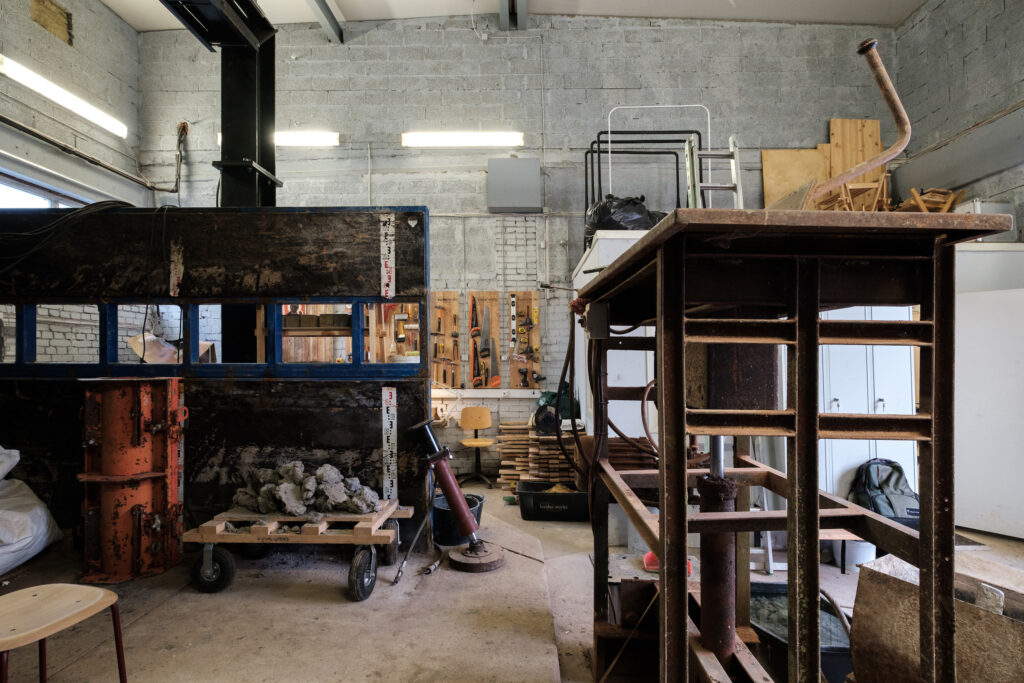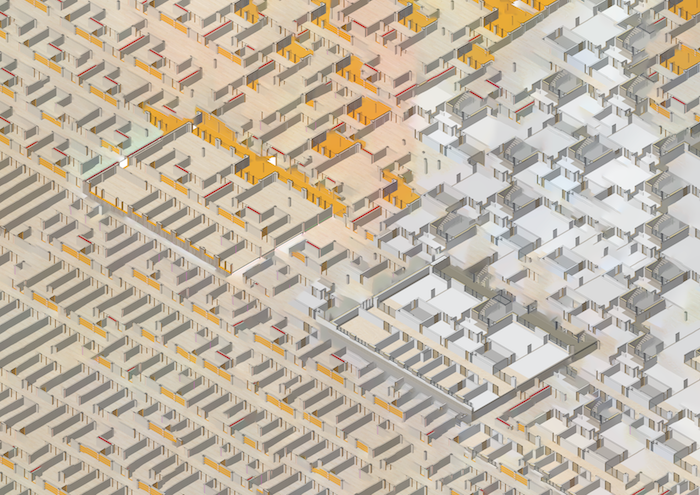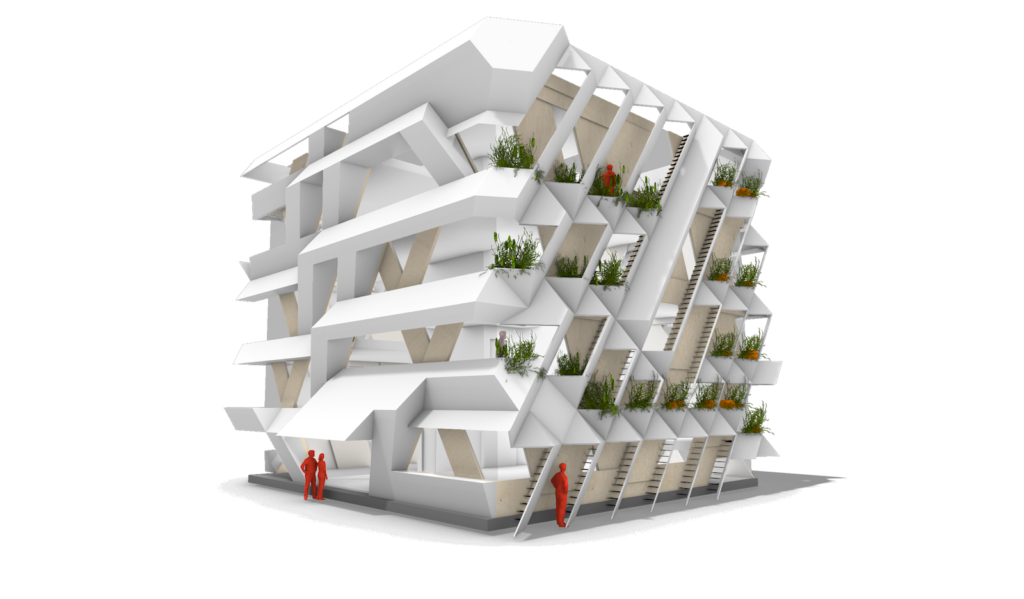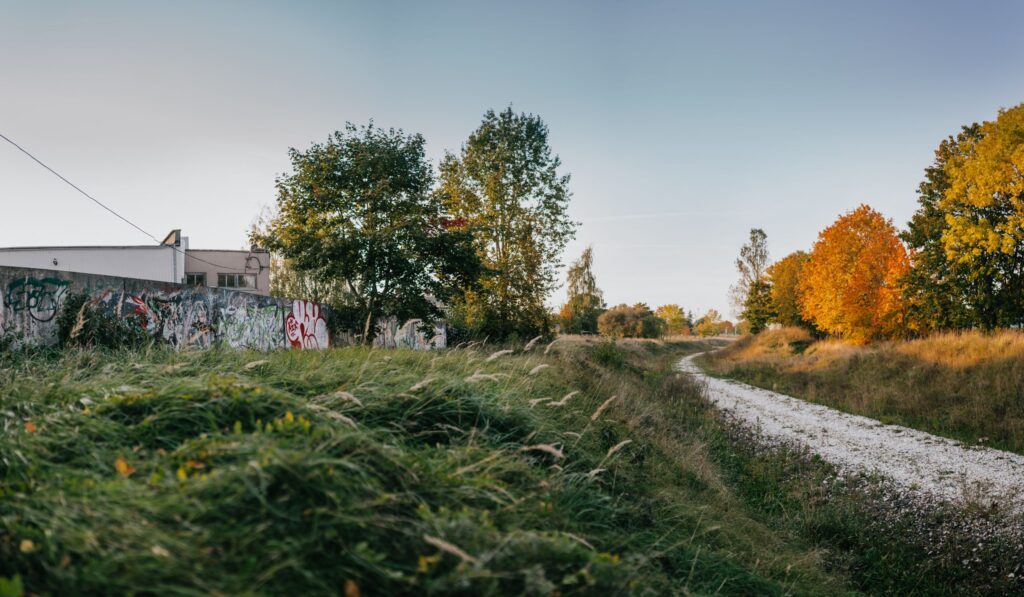SMART
The expiration of a building’s service life does not mean the building has exhausted itself, say Simo Ilomets and Anni Martin. They see the renovation of Estonia’s ageing housing stock and the reuse of building material as a technical as well as a creative challenge where architects’ involvement is essential.
The sedimentary layer of Estonia deserves valorisation, conclude the material development and design studio kuidas.works. Maria Luiga and Hannes Praks write about their recent earth-based construction study trip to Paris.
An industrial construction technology based on modular and reusable building components can resolve many problems in the construction sector.
There are several unique historical architectural layers in Tallinn with the short period of wooden apartment buildings constructed in 1870–1920 standing out as one of the most distinctive spans. The most captivating of the standardised projects of the time is the Lender building named after the engineer and mayor of Tallinn.1 It is an adjustable pattern-building: mostly a two-storey wooden apartment complex with a generous degree of flexibility in layout and volume thus allowing the construction of bespoke houses.
A TV show called Restaurant 0 recently aired on Estonian Television, which focused on an experiment conceived by the Põhjaka chefs Ott Tomik and Märt Metsallik to open a conceptual restaurant in Viljandi within a single week. A question was raised on how it is possible to live sustainably and peacefully in a time when ecological catastrophe is imminent. Is it possible to establish a restaurant on zero budget and with zero footprint? The chosen location was an idle, rather deserted-looking 18th-century building in Viljandi. Studio kuidas.works was summoned to devise a spatial solution for the project.
The Curated Biodiversity landscape laboratory in Tartu has organised six experiments so far. Running a small operation, we might not be able to change the world at the snap of a finger, but we can start with what we can handle.
The role of greenery as a climate hero cannot be measured only by the size of green areas or the number of trees. The Green Area Factor is the ability of the plot or area as a whole to balance the built environment’s climate impact.
Ülemiste City presents itself as a compass for the future and the first smart work and living environment in Estonia. The contemporary approach to smart living environments focuses on the needs of the people. We will explore to what extent Ülemiste district meets people’s environmental psychological needs.
The objective of landscape architecture should be climate positivity. This will most likely manifest when landscape carbon positivity becomes a sales argument or a general policy, and amendments to legislation are made.
Mida rohkem kahaneb ühistranspordi kasutajate arv, seda vähemaks jääb liine ja väljumisi ning seda raskem on konkureerida personaalsete liikuvusteenustega. Kuidas murda seda nõiaringi, mõeldes kliimakriisile?
Postitused otsas

